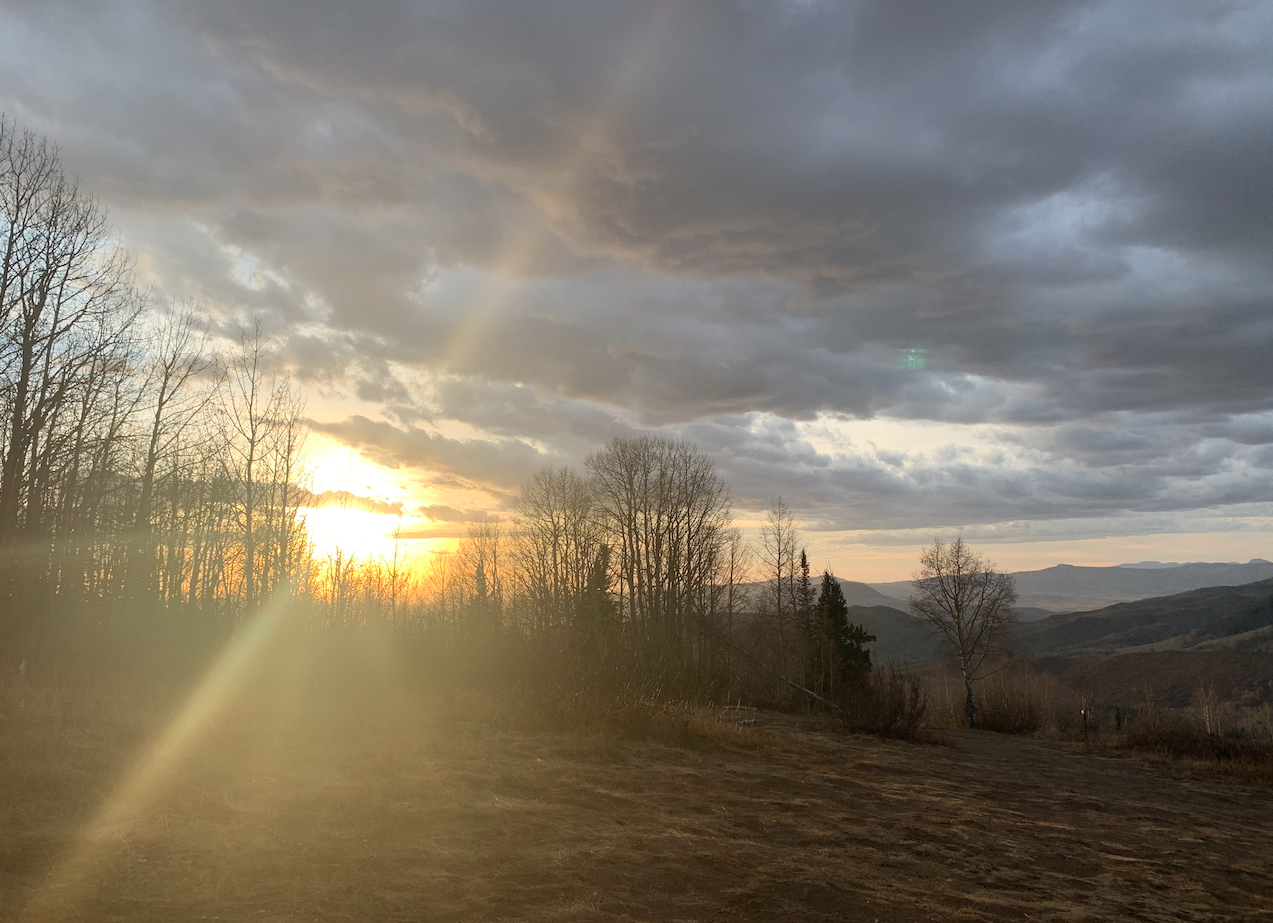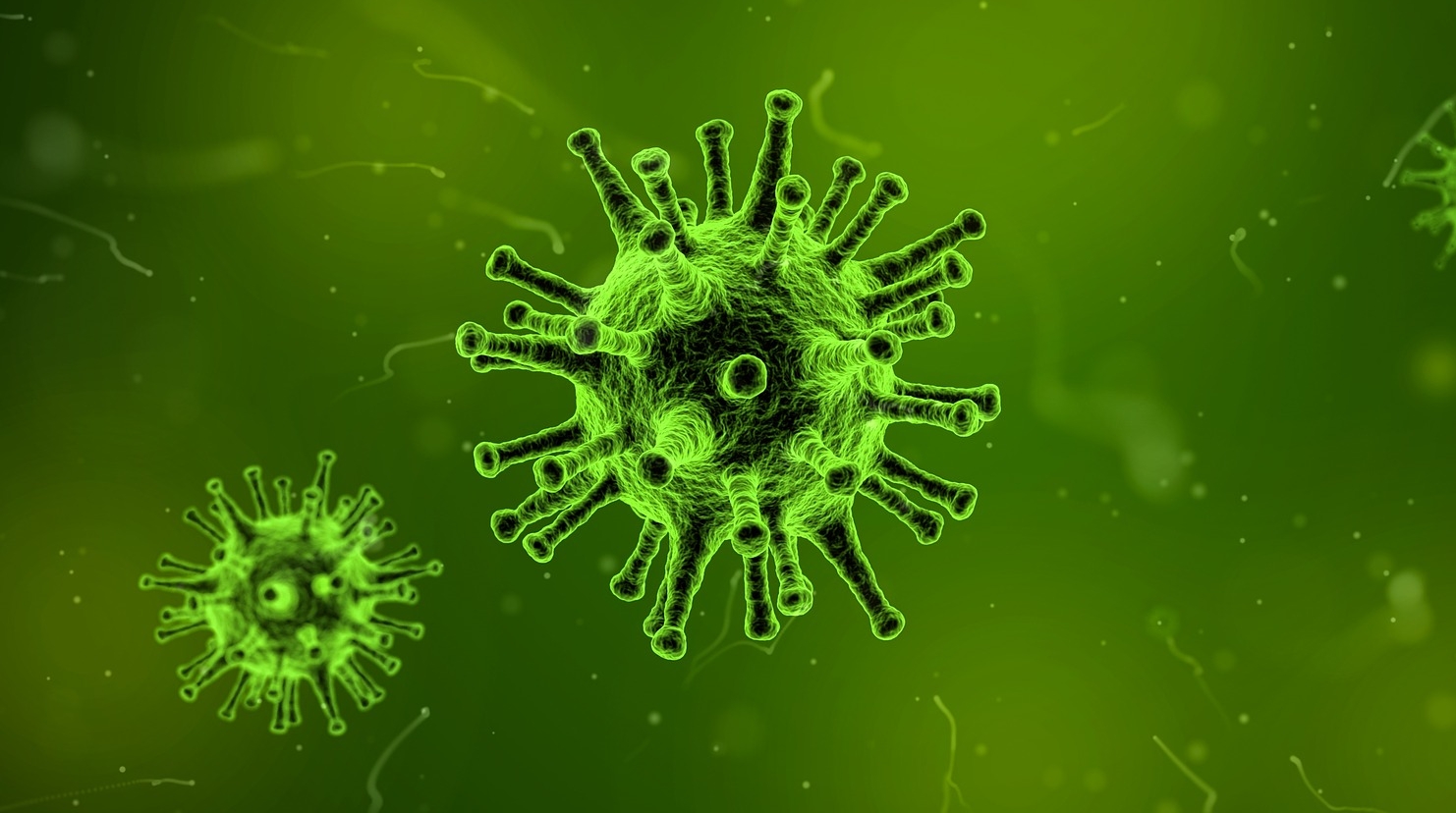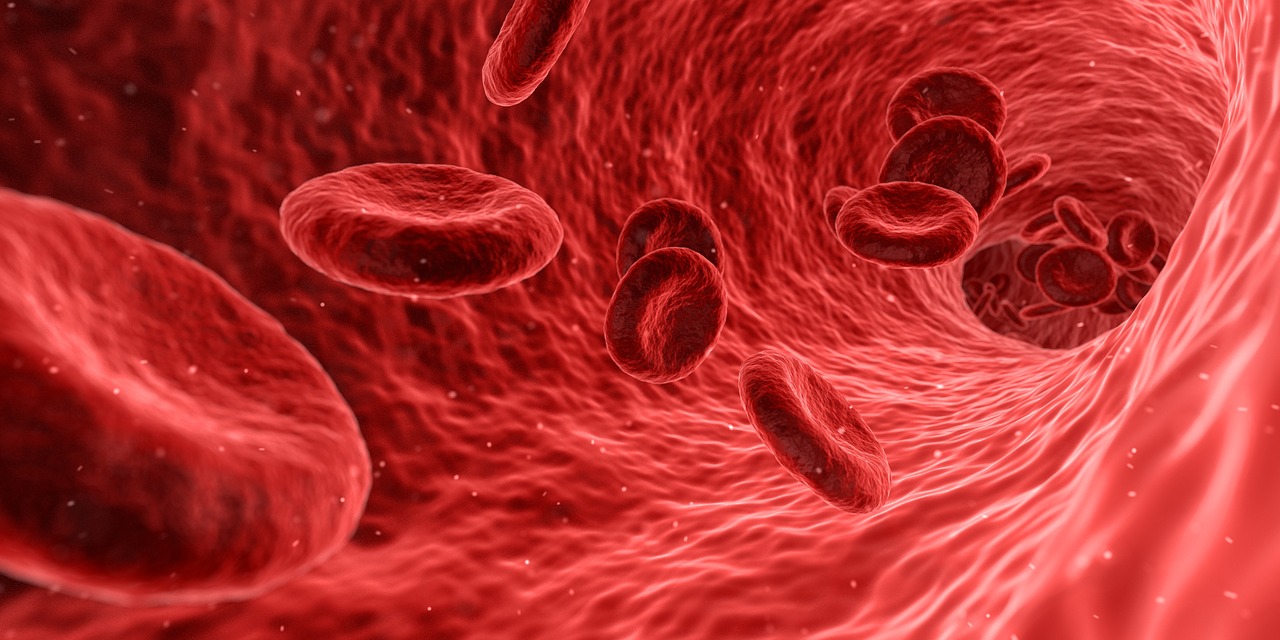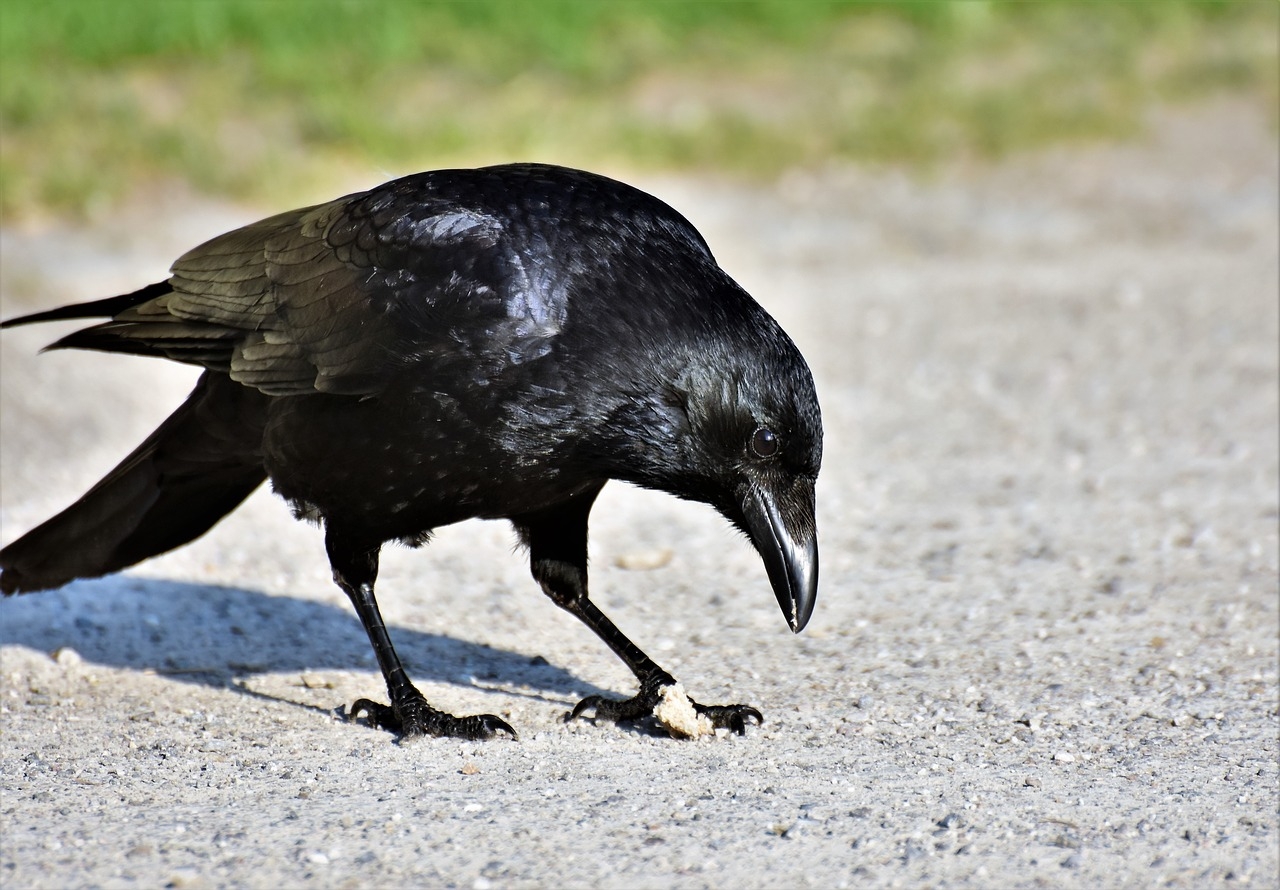Cells are programmed to do lots of things... including to die. Below is a tribute to apoptosis, the technical term for self-directed cell death.
Every day, bits of me
Are dying.
I don’t mean figuratively – like lost
Dreams, or hopes, or ideals –
This is not the scenario of a broken winged bird that cannot fly.
Rather, bits of me, quite literally, are dying. Constantly.
Have died every second of every day.
Will keep dying. On purpose. As planned. For the good of the whole.
Every cell in my body
has a death switch
a big red button, or rather, a miniscule receptor
just waiting for the signal
to kill itself.
When the signal comes, whether before breakfast or after a bath, in the middle of a good movie or under a star-filled sky,
my cell is ready.
My cell already holds all of the components of self warfare.
Fifteen types of enzymes on pause, just waiting to do what they were created for.
And when it’s time, they leap to attention
soldiers on the front lines.
Some, like cytochrome C, are first used in life
Until the switch is flipped, and they become agents of death:
Chopping up DNA
Tearing apart organelles
Fragmenting bits of life
No mercy, no pause, no second guessing.
My chosen cell shrinks and blebs, its parts packaged neatly
In vesicles then left for the scavengers
Which engulf and digest, leaving
No trace behind.
The signal to die can come from a neighbor
Or from inside the cell itself:
If a cell’s DNA is damaged beyond repair, or its proteins have misfolded so much, too much,
Then the cell gives
itself
the signal.
Don’t cry over the death switch for it is
vital to life.
Diseased cells, infected cells, damaged cells,
Cells at the end of their functional life spans –
It would do no good for any of these to let go and simply deteriorate,
Leaking their bits of life all around:
Caustic digestive enzymes
Myriad strange particles.
Anyway, cell death has made me who I am: Without it, my fingers would still be webbed together
Flippers not hands.
Strangely, the death switch is most like a brake.
When the cell is living, the death switch is halting the process of dying.
Which means death is the default.
To be or not to be?
Each cell in my body must ask itself this question every day.
If the answer is not to be, then the work of apoptosis
Or falling off
Or death
Begins.
And life
Follows.























